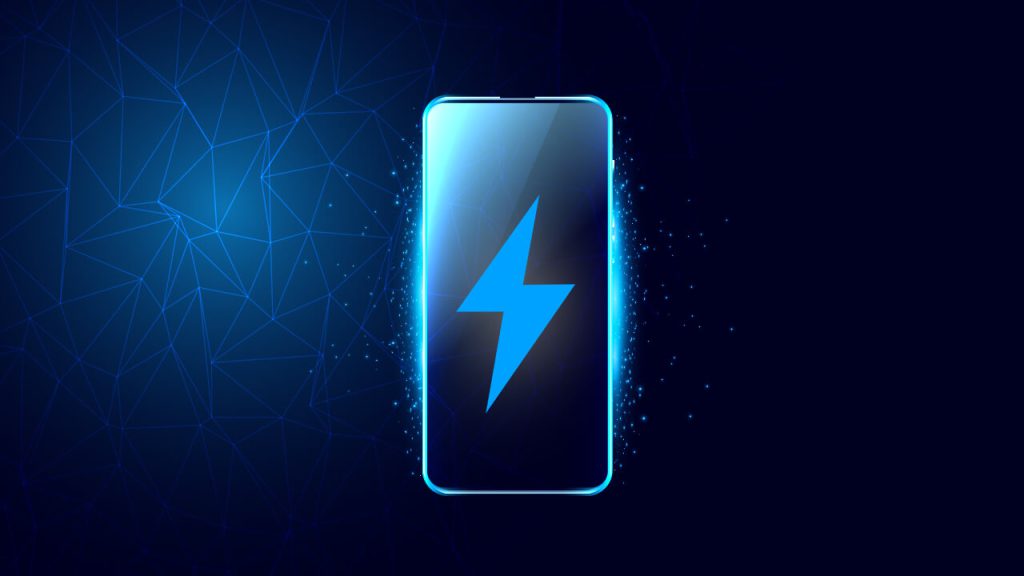Like any other desktop or mobile operating system, the performance of the Android operating system will start to degrade after you use it for a period of time. Mobile operating systems should be lighter and faster to meet our mobile needs, but still, allow us to access all content. Want the best of both worlds? Then, it’s time to do some housework.
If you notice that your Android phone’s performance has been “slowing down”, especially after you have loaded a lot of Android apps from the Google Play Store (we don’t blame you), we have some tips to help you share with you.
With just a few adjustments and changes, you can breathe life into your Android, especially those devices that have been updated to Android 4.0 and higher.

1. Know your device
It is important to understand the functions and shortcomings of mobile phones. Don’t overburden your phone with apps that are scarce of resources, otherwise, it will reduce the performance of your phone at your cost.
2. Update your Android
If you haven’t updated your Android phone to the latest firmware, you should do so. Google has brought huge improvements to each new version of the Android operating system, including updates to ensure stability, higher performance speed and connectivity, and other user-friendly new features.
The tablet can now also run on ICS and Jelly Bean; you should be able to update it to Android 4.1 Jelly Bean via system update (check under “About Phone”).
3. Delete unnecessary applications
Every application you install on your phone will take up some storage space and run some background processes and increase data usage. The more storage space it takes up or the more background processes running on the phone, the slower the performance of the phone.
Do not install applications that you hardly use. Keep only the apps you need, if your app is not very useful, you can uninstall or disable it.
4. Disable unnecessary applications
“Performance Assistant” has been introduced in Android ICS to help you disable unwanted applications. Disabling an application is different from uninstalling an application-uninstallation removes application files from the phone, but it does not delete/delete files when it is disabled. These disabled apps will not be displayed on the home screen or app tray, but you can re-enable them for use when needed.
5. Update the app
You should regularly update the applications installed on your phone from Google Play. When your app is available in Google Play, try to get an update. Developers fix bugs and add features to the newly released version of the application. The updated apps perform better and faster and are less likely to crash your phone.
6. Use a high-speed memory card
The memory card is the storage space of the phone. A mobile phone with insufficient memory can obtain the maximum storage space through a large-capacity memory card. But it not only increases the capacity, but also increases the mixing speed. You can get 2GB to 32GB of storage space to support high-speed read/write operations. If you are looking for the performance of your phone, please always choose a Class 6 or Class 10 memory card for your Android phone.
7. Keep fewer widgets
Widgets are not apps, they will only run after you choose to activate them. No, widgets are always running in the background; they are always active. While some Android users use it to track the weather and their important dates, others use widgets such as “extended controls” to quickly access basic configurations, such as turning Wi-Fi, Bluetooth, or GPS on or off.
They do have their uses but remember that running too many of them on your home screen will cause your device’s performance to degrade.
8. Avoid live wallpapers
You must really like the live wallpaper feature of Android. Mobile phones (from different manufacturers) come with different live wallpapers, but you should know that poorly made live wallpapers require more CPU cycles to run, which drains the battery faster. Every time you activate the home screen, you can not only run applications but also live wallpapers.
9. Stop syncing
Synchronization is a great feature to synchronize your data with Google servers. Stay in sync, you can be notified when you receive new mail or receive new notifications or app updates. For this reason, it refreshes at every preset time interval (for example, it checks your mail every 5 minutes for new incoming mail), which will affect the performance of your android to perform other activities.
For services you don’t need, you can turn off synchronization or turn on synchronization only when you need to transfer or upload data to Google’s servers.
10. Turn off the animation
What animation? Well, if you haven’t noticed, your phone screen will actually fade in and out when you switch from one task to another. To see this action, go to “Settings”> “Developer Options”> “Window Animation Scale”> “Animation Scale 10x”. Then select Window Animation Scale again to see the fade-in effect in Slow Motion.
When you select Animation off, the screen will only capture the position where there is no animation. You can also turn off Transition Animation Scale in the same way. If you are a heavy user, you may notice that your Android performance will be faster with all animations turned off.
